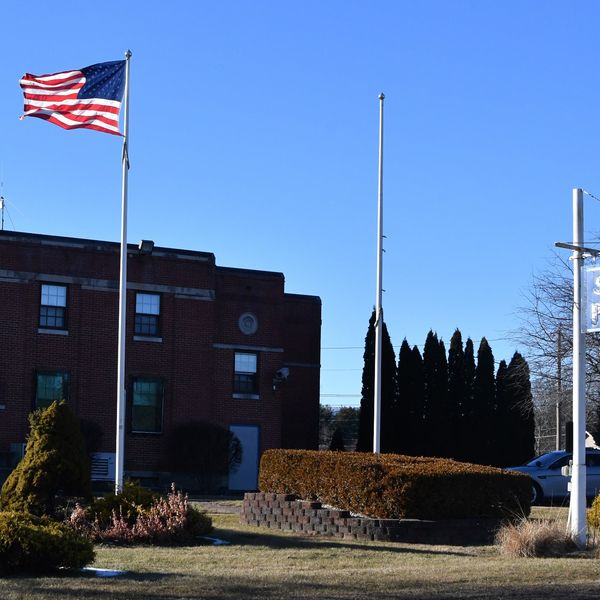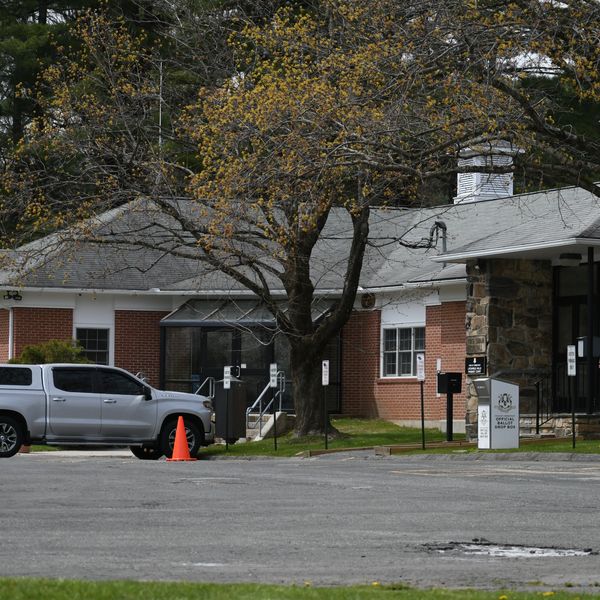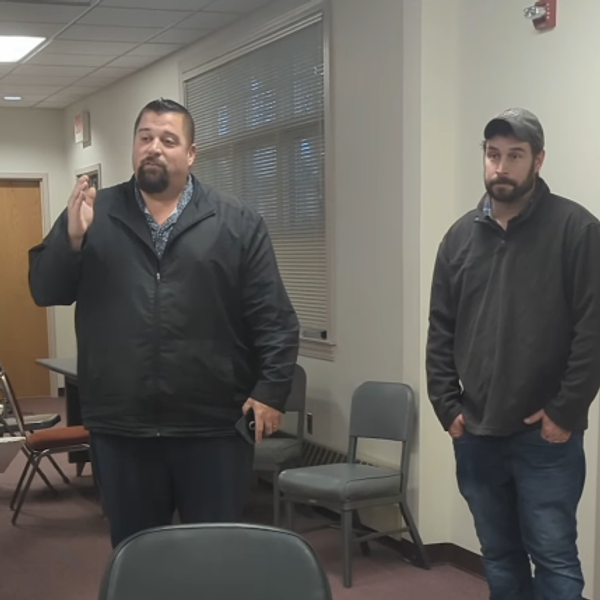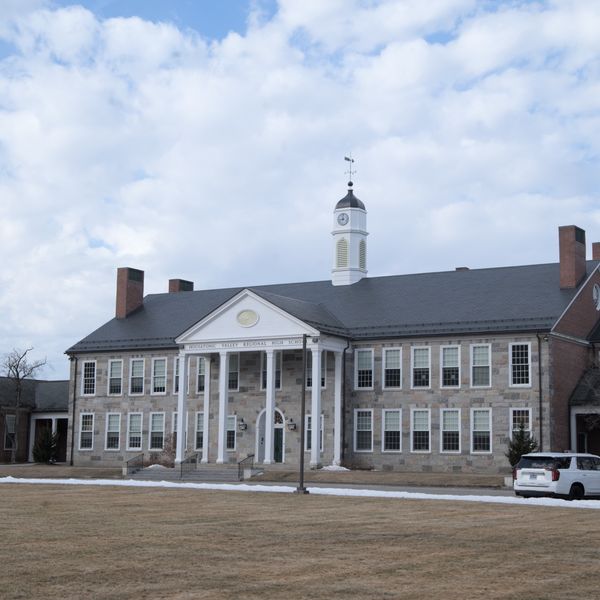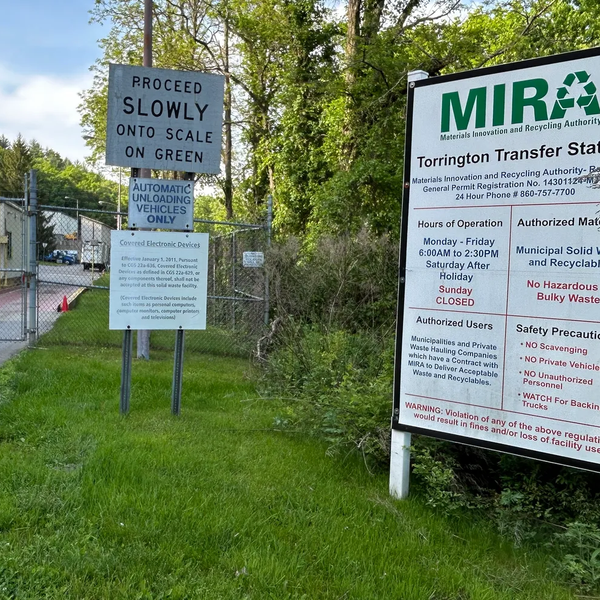MIRA shutdown: Connecticut’s solid waste crisis
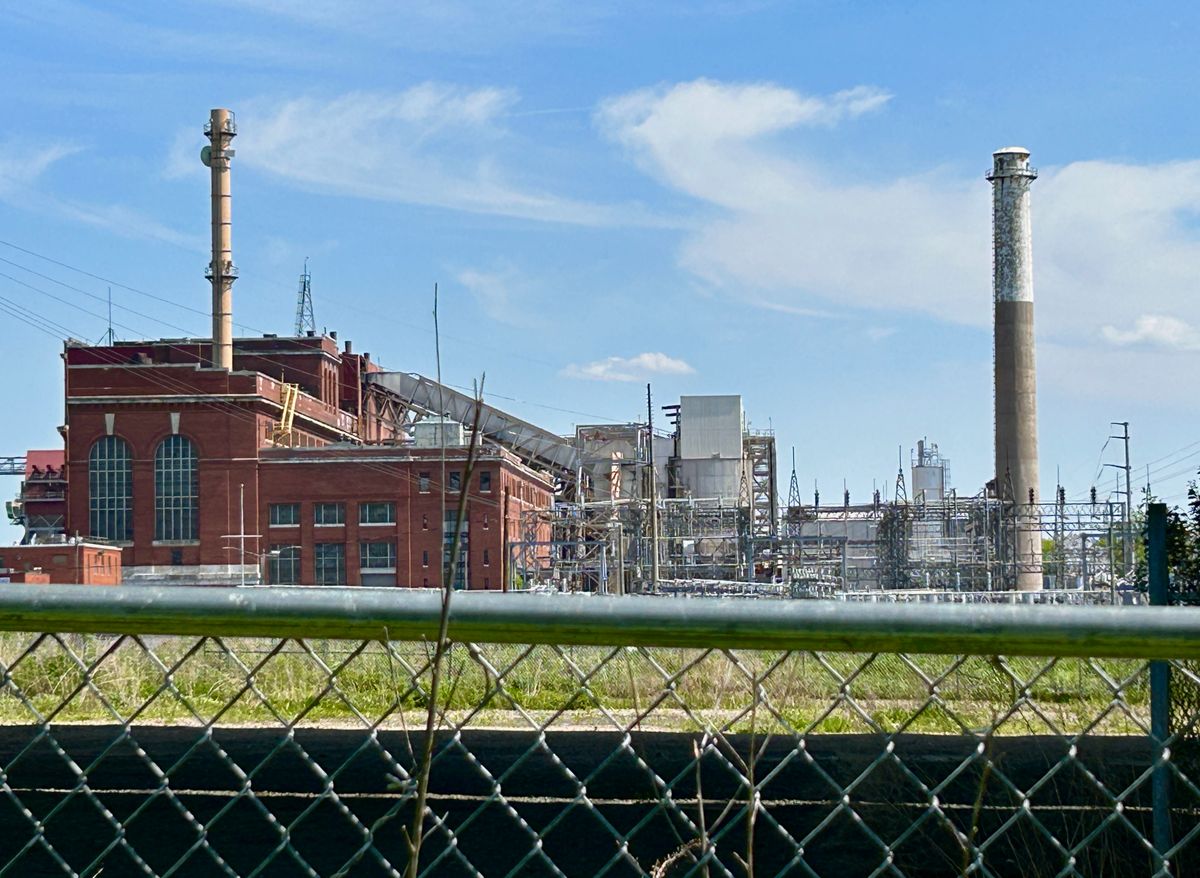
Materials Innovation and Recycling Authority (MIRA) trash-burning, Waste to Energy (WTE) plant in Hartford’s South Meadows was closed in 2022. The site first opened as a power plant on December 19, 1921 when the Hartford Electric Light Company fired up the South Meadows Station.
Jennifer Almquist
 Jennifer Almquist
Jennifer Almquist Engineer Chris Shepard has worked at this facility for 23 years.Jennifer Almquist
Engineer Chris Shepard has worked at this facility for 23 years.Jennifer Almquist
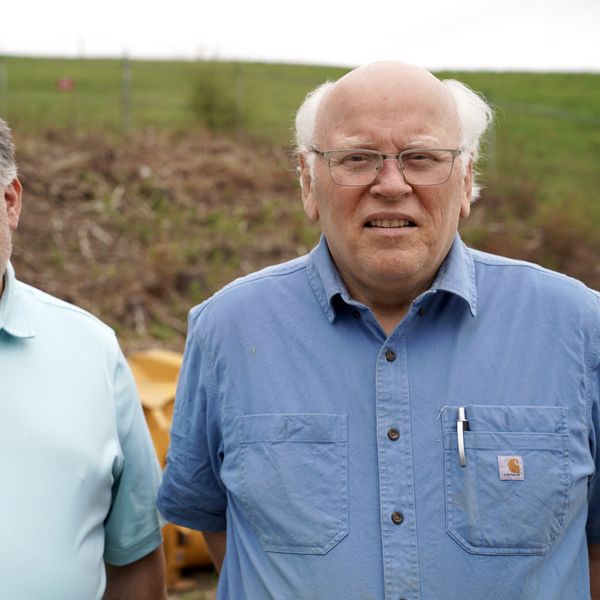
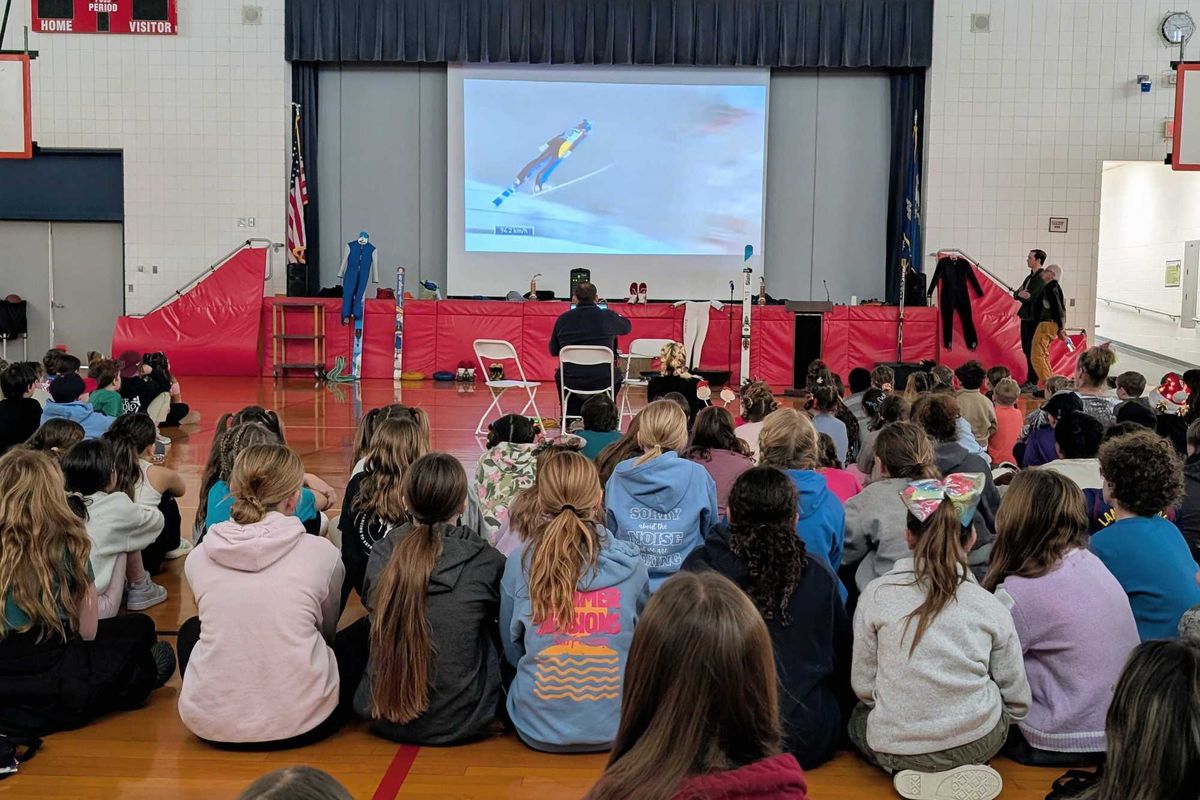
 Students at the assembly with Salisbury Winter Sports Association on Dec. 17By Riley Klein
Students at the assembly with Salisbury Winter Sports Association on Dec. 17By Riley Klein 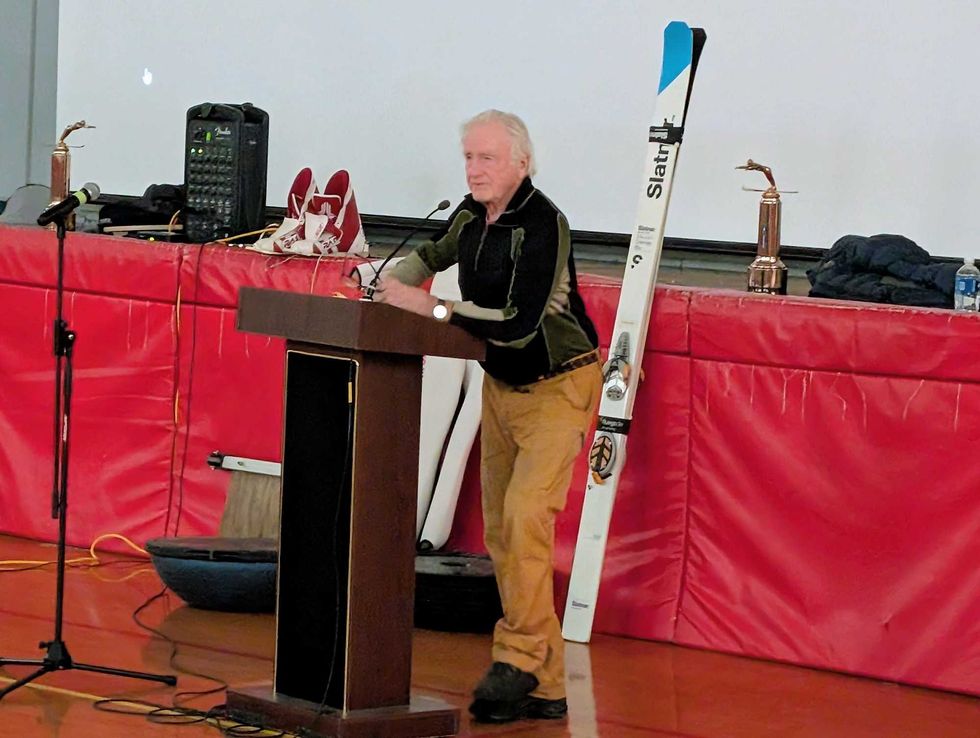 Former U.S. Olympic ski jumping coach Larry Stone, of Salisbury, led the assembly Dec. 17.By Riley Klein
Former U.S. Olympic ski jumping coach Larry Stone, of Salisbury, led the assembly Dec. 17.By Riley Klein 


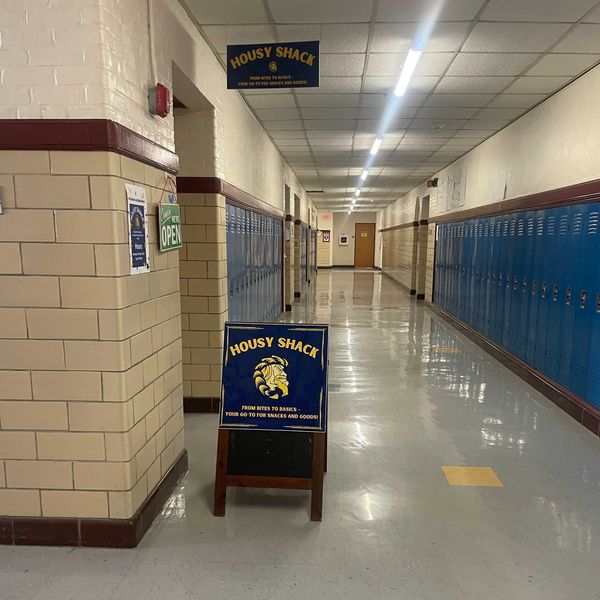 The Housy Shack open sign, welcoming customers in for cookies.Anna Gillette
The Housy Shack open sign, welcoming customers in for cookies.Anna Gillette 